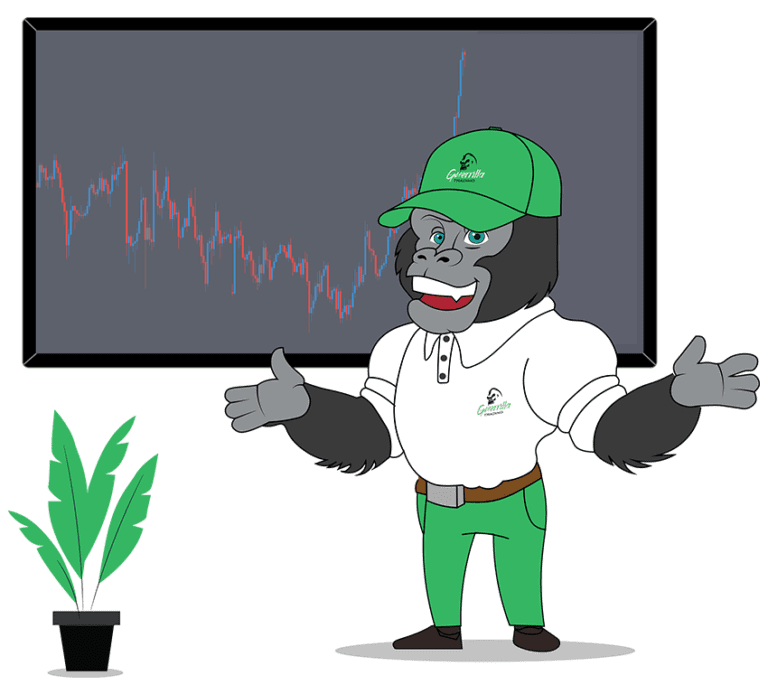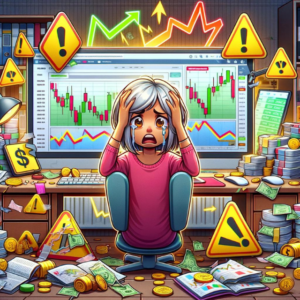Avoid these mistakes. Learn forex and trade better.
Forex, or foreign exchange, is the trading of one currency for another. Individuals and companies trade in forex markets to make money off the rise and fall of currency prices. They also trade to lock in prices for the goods and services in markets internationally. Because forex markets are some of the most liquid markets in the world they are less volatile than other markets. The forex market is traded 24 hours a day for five and a half days a week. This expanse of time allows for more opportunities to make profits and recoup any losses. With forex trading using extensive leverage, traders can start with little capital and multiply profits. The potential to manipulate the market with insider information is lower within the forex market because there is no centralized exchange for currency trade operations. To get started with forex trading it is important to become educated about how the market operates and then develop a winning trading strategy.
Forex Trading
There are two basic types of forex trades. A long trade which is when the trader is forecasting that the price of the currency will increase in the future and therefore profiting from the price increase. Second is a short trade, a short trade is when the bet is that the currency price will decrease in the future. A good trader will develop a trading strategy using a technical analysis to perfect the way they trade.
One method of analysis is a breakout which refers to when the price of an asset moves above the resistance level. A resistance is when there is an increase of sellers all trying to sell at the same price. A breakout can also occur when the price of an asset drops below a support area. Support level refers to the price point the asset does not fall to for a certain period of time. Support levels are created when buyers make purchases whenever the asset drops in price.
Charts used for Forex Analysis
There are three types of charts used to track forex trading. Understanding the uses and how to interpret that data on these charts is vital to become a successful trader.
- Line Charts: Line charts are common and the most basic chart used among forex traders. They show the closing trading price for currency in any amount of time determined by the trader. They are used to track and identify big picture trends for currency. A line chart is the start of trading analysis, trend lines that are identified using line charts can help define breakouts or show a change in increased or decreased prices.
- Bar Charts: Bar charts represent specific time periods of trading. They provide detailed price information; each bar represents a single day of trading. Additionally, each chart illustrates opening and closing prices, as well as highest and lowest prices for a trade. Using a bar chart can help determine whether it is a buyer or seller’s market.
- Candlestick Charts: Candlestick charts can be used to identify the movement and direction of the market. The top of the candle displays the opening and highest price of currency and the bottom of the candle indicates the lowest and closing price point. An upwards facing candle that is shaded green or white shows a period of increased prices. A red or black candle facing downward means there is a period of declining prices.
Basic Trading Strategies
Trading strategies can be grouped into four types of trade, dependent on the duration and numbers for trading.
- Scalp Trade: A scalp trade is when a position is held for no longer than a few minutes, the profit amounts are restricted by the number of pips. These trades make a small profit as individual trades but all together add up. They rely on being able to predict price swings.
- Day Trades: Day trades refer to short term trades where positions are held and liquidated within the same day. The duration of the trades can be a few minutes or hours. A successful day trader recognizes important technical indicators as day trading requires technical analysis skills. Day trades rely on small and consistent gains through the trading day.
- Swing trade: A swing trade is when the trader holds the position for more than a day. They can hold the position for weeks; swing trades are used during major announcements. Swing traders must have developed technical analysis skills as well as have a good understanding of political and economic developments.
- Position trade: A position trade is when the trader holds the currency for a period of time, sometimes holding the position for several years. This type of trade requires a fundamental understanding of how to technically analyze the market.
For traders with limited funds it is easier to trade in the forex market day trading or swing trading. For those with access to more funds and longevity in the market fundamentals-based trading can be profitable. If you are ready to learn how to trade the forex market safely join a forex subscription that keeps forex education simple. Guerrilla Trading offers a training program that includes videos that go in-depth on everything you need to know about forex trading. As well as providing the opportunity to speak with veteran forex mentors. The Guerrilla Trading platform will develop your skill and ability to understand the market for beginners and those that already have a basic knowledge of forex






